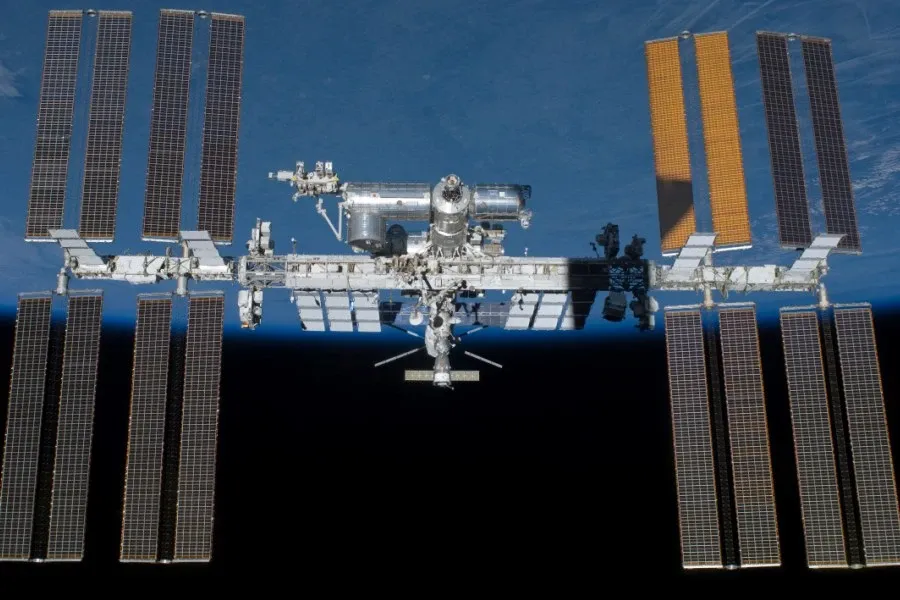Qualcomm Announces Snapdragon 8 Gen 5 Platform
Qualcomm added its latest smartphone platform to its premium-tier Snapdragon range.

Hewlett Packard Enterprise announced it is accelerating space exploration and increasing self-sufficiency for astronauts by enabling real-time data processing with advanced commercial edge computing in space for the first time. Astronauts and space explorers aboard the International Space Station (ISS) will speed time-to-insight from months to minutes on various experiments in space, from processing medical imaging and DNA sequencing to unlocking key insights from volumes of remote sensors and satellites, using HPE’s Spaceborne Computer-2 (SBC-2), an edge computing system.
The Spaceborne Computer-2 builds on the proven success of its predecessor, a proof-of-concept that HPE developed and launched in partnership with NASA in 2017 to operate on the ISS for a one-year mission. The goal was to test if affordable, commercial off-the-shelf servers used on earth, but equipped with purposefully-designed software-based hardening features, can withstand the shake, rattle and roll of a rocket launch to space, and once there, seamlessly operate on the ISS. HPE successfully accomplished its one-year mission with Spaceborne Computer and is now set to launch, through a sponsorship from the ISS U.S. National Laboratory, an even more advanced system.
It will offer twice as much compute speed with purpose-built edge computing capabilities to ingest and process data from a range of devices, including satellites and cameras, and process in real-time. It will come equipped with graphic processing units that will also support specific projects using AI and machine learning techniques. The combined advancements of Spaceborne Computer-2 will enable astronauts to eliminate longer latency and wait times associated with sending data to-and-from earth to tackle research and gain insights immediately for a range of projects.